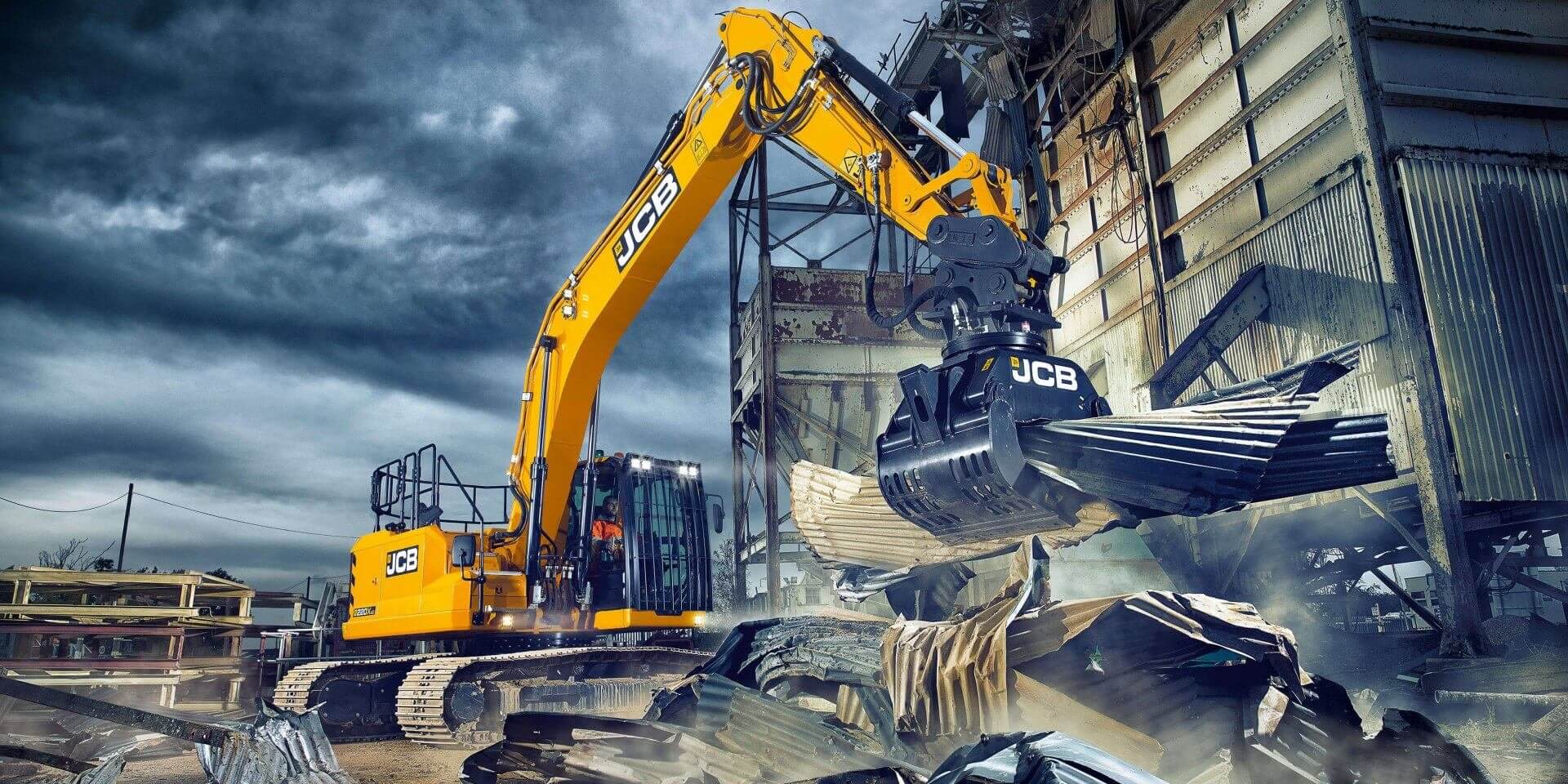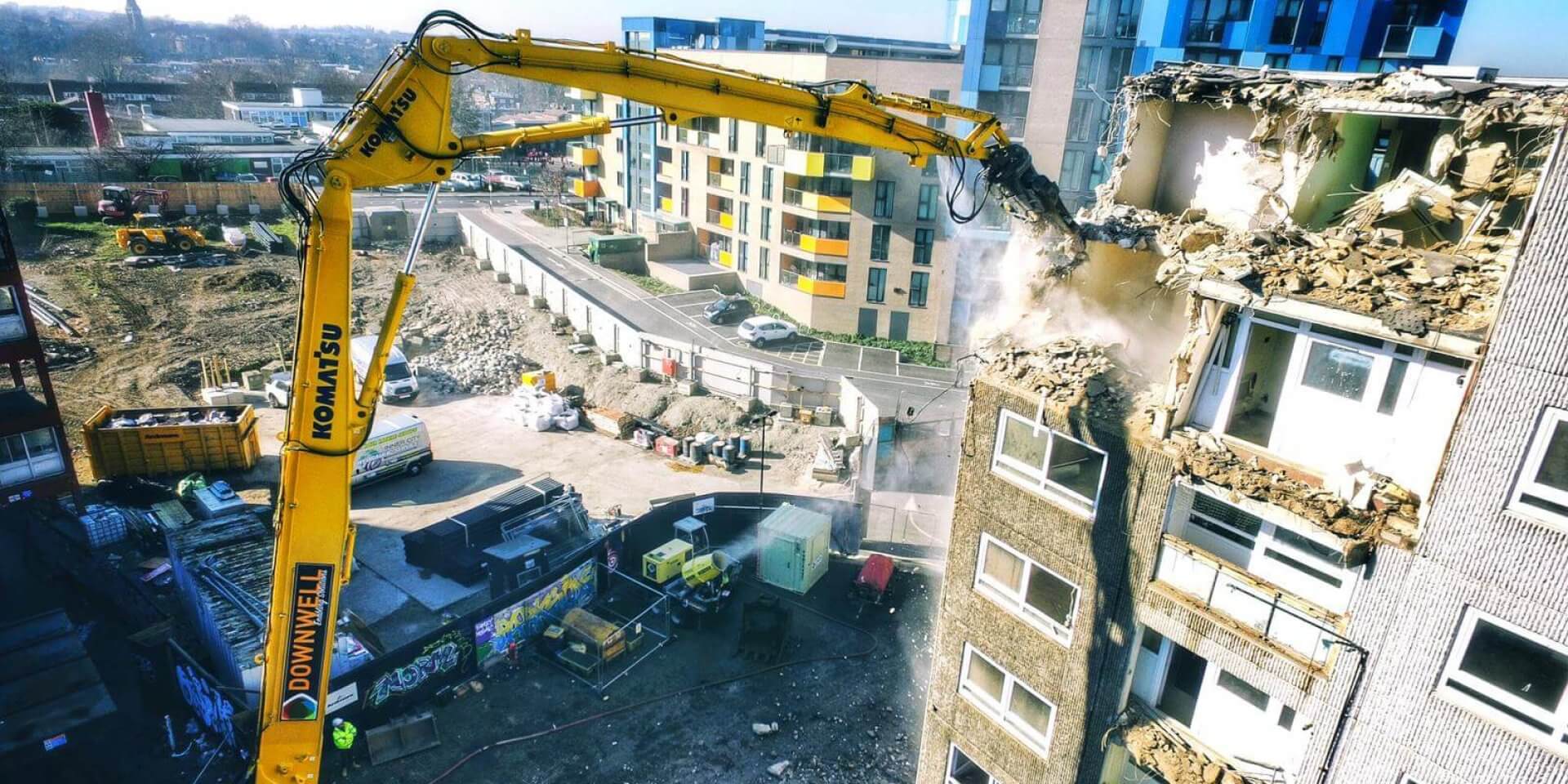Low recycling rates and high accident levels highlight US demolition’s failure to innovate.
 I have spent more than 25 years writing about construction, demolition, and the equipment used across these demanding sectors. And for the most part, it was like casting my carefully crafted and finely honed words and phrases to the four winds, as even the most controversial – and in some cases, idiotic – statements were greeted with a stony silence from the readership of whichever trade magazine was paying me at the time.
I have spent more than 25 years writing about construction, demolition, and the equipment used across these demanding sectors. And for the most part, it was like casting my carefully crafted and finely honed words and phrases to the four winds, as even the most controversial – and in some cases, idiotic – statements were greeted with a stony silence from the readership of whichever trade magazine was paying me at the time.
This, in truth, was one of the reasons for producing Demolition News in a weblog (or blog) format. One of the most gratifying things about running and contributing to this site is not checking the web statistics to see how many people looked at the previous day’s articles. Nor is it calculating the revenue secured from the advertising which, let’s face it, is not sufficient for me to retire any time soon.
No, the most gratifying thing about running this site is the dialogue that it attracts, whether it’s about an issue of the day or how stupid I look in a kilt. And as a result, I find myself writing in a totally new way. I no longer preach and rehash the wisdom of someone far more knowledgeable. Instead, I like to throw a spotlight upon a specific subject, ask a question, and see where that takes us.
So, as the headline above suggests, the question for today is: Why have US demolition contractors failed to grasp the high reach excavator concept?
Now before I sign off and leave you, our loyal readers, to suggest why the single greatest advance in recent industry history is still anathema to most US demolition contractors, let’s take a quick look at the facts.
The high reach excavator as we would understand it today has been around in Europe for something like 20 years. During that time, it has been honed, enhanced and refined, and the machines themselves have slowly got bigger and bigger.
But the growth in the size of the machines – with the current record holder standing at a previously unimaginable 90 metres – hides the true, industry-defining magnitude of the contribution made these highly specialised machines.
For one thing, their arrival and subsequent growth has served to reduce the number of demolition workers required to get “up close and personal” with the more hazardous areas of the demolition task. The machines have also benefited from huge strides in operator comfort and protection.
Together, these developments have led to a significant drop in the number of work-related incidents, accidents and fatalities on UK and European demolition sites.
And let’s not forget that, at the time of writing, high reach demolition excavators have yet to be linked directly with a single on-site fatality, despite the fact that only the UK has (so far) a set of guidance notes on the safe use of these monster machines.
In short, as these machines have gone up, so accident levels have gone down.
Now take a quick scoot through YouTube and search for the term “demolition accident” and you’ll be astounded at just how many feature a US contractor undercutting a structure with an excavator that is clearly way too small for the task. A bit like this one that we showed you yesterday, in fact.
And the story doesn’t end there. Indeed, the decline in demolition accidents and fatalities is mirrored almost perfectly in the decline in materials sent to landfill, since the arrival and almost universal adoption of high reach machines this side of the Atlantic spearheaded a move away from demolition and towards deconstruction.
The result is that UK and European sites are achieving 90%+ recycling rates with such regularity these days that we no longer talk about it. Our American counterparts, meanwhile, speak with some pride about achieving 45%!
The other bizarre thing – and you’ll have to bear with me because I am about to sail very close to the wind of racial stereotyping – is that Americans traditionally have a fascination with anything, well, big. Look at their cars, their skyscrapers, their food! And this applies in industry too. If Caterpillar took it upon themselves to build a 1,000 tonne dozer capable of leveling an entire town in a single afternoon, you just know that an American contractor is going to be the first to buy one and will probably take it with the extra counterweight option!
So before I hand this question over to you, our loyal readers, let’s recap.
Since the UK and Europe adopted high reach excavators, recycling rates have gone up and accident levels have gone down. And the only major First World nation that has failed to adopt these machines – and which still has a laughable recycling record and a lamentable safety record – is the mighty US of A.
So, after what must seem like an age, here’s that question again. Why have US demolition contractors failed to grasp the high reach excavator concept?
We look forward to reading your contributions and suggestions.







 Here at Demolition News, we pride ourselves on having our fingers on the pulse of the industry; of being fully informed of all that is going on in the great wide world of demolition. So quite how this one passed us by, we’re not entirely sure (although we’re going to blame the fact that Kocurek’s new website was under construction).
Here at Demolition News, we pride ourselves on having our fingers on the pulse of the industry; of being fully informed of all that is going on in the great wide world of demolition. So quite how this one passed us by, we’re not entirely sure (although we’re going to blame the fact that Kocurek’s new website was under construction).


